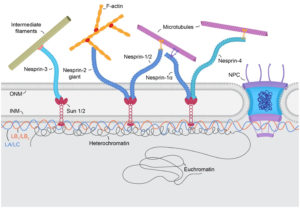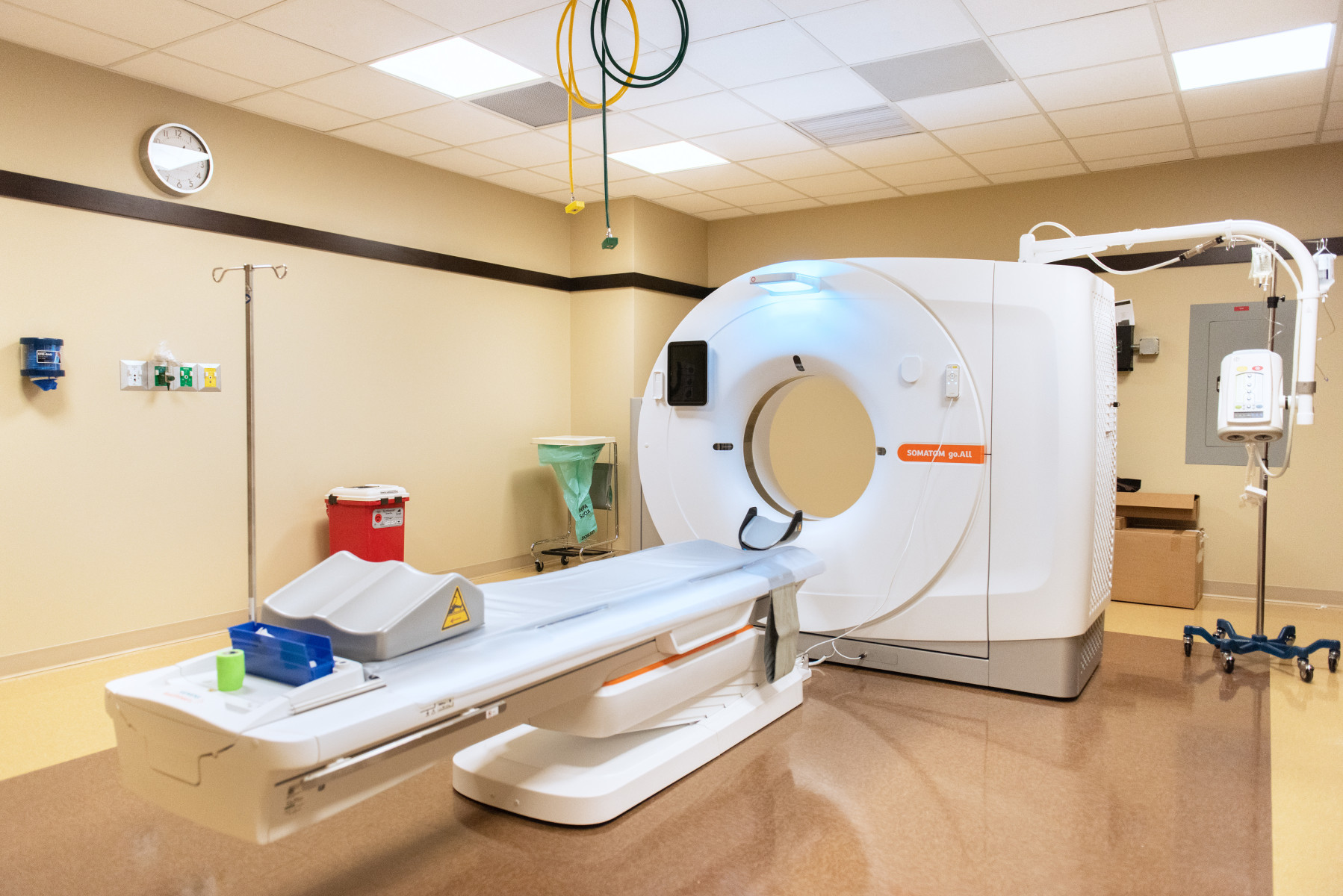
A Northwestern Medicine study has uncovered distinct roles for major nuclear lamin isoforms in maintaining intracellular interactions and cellular mechanics, according to findings published in the Proceedings of the National Academy of Sciences.
“Our findings uncover potential mechanisms for cellular defects in human laminopathies such as progeria (a premature aging disease), dilated cardiomyopathy, numerous types of muscular dystrophies and in many cancers associated either with mutations or modifications in lamin isoforms,” said Robert Goldman, PhD, professor of Cell and Developmental Biology, of Medicine in the Division of Pulmonary Care and senior author of the study.
The proper functioning of mammalian cells relies on their ability to regulate their mechanical properties, especially in response to external factors. This involves interactions between the cell nucleus and the cytoskeleton, a process regulated by the LINC complex, which mediates the molecular cross talk between the nuclear lamina — located on the inner surface of the nuclear membrane — and cytoskeletal complexes. The nuclear lamin isoforms comprising nuclear lamina connect to different components of the LINC complex which, in turn, connect to cytoskeletal vimentin intermediate filaments and filamentous actin.
Nuclear lamin isoforms are filament proteins in the cell nucleus, playing a crucial role in regulating the cell’s nuclear architecture, organizing its genome, and maintaining nuclear shape and the micromechanical properties of the nucleus.

There are four major types of nuclear lamins in mammalian cells: two A-type lamins and two B-type lamins. However, the precise role nuclear lamins play in nucleocytoskeletal connectivity and cell mechanics have remained unknown up until now.
In the current study, using coordinated quantitative microscopy combined with micromechanical techniques and molecular biology to study mouse embryonic fibroblasts (MEFs), Goldman’s team discovered that A-type and B-type lamins interact with LINC complexes differently: A-type lamins engage with both filamentous actin and vimentin intermediate filaments through LINC complexes to modulate cortical and cytoplasmic stiffness and cellular contractility, while B-type lamins interact with just vimentin intermediate filaments through LINC complexes to regulate cytoplasmic stiffness and contractility.
“We are now extending our studies by delving more into the structure and function of the lamins, determining their interactions with other nuclear and cytoplasmic pathways and, more specifically, determining their roles in nuclear mechanics,” Goldman said.
Stephen Adam, ’86 PhD, associate professor of Cell and Developmental Biology, was a co-author of the study. This work also involved collaborators at Harvard, MIT and the Carnegie Institution.
This work was supported by the Northwestern University RHLCCC Flow Cytometry Facility, Cancer Center Support Grant NCICA060553, and National Institutes of Health grants P01GM096971, R01GM106023 and R01GM140108.






